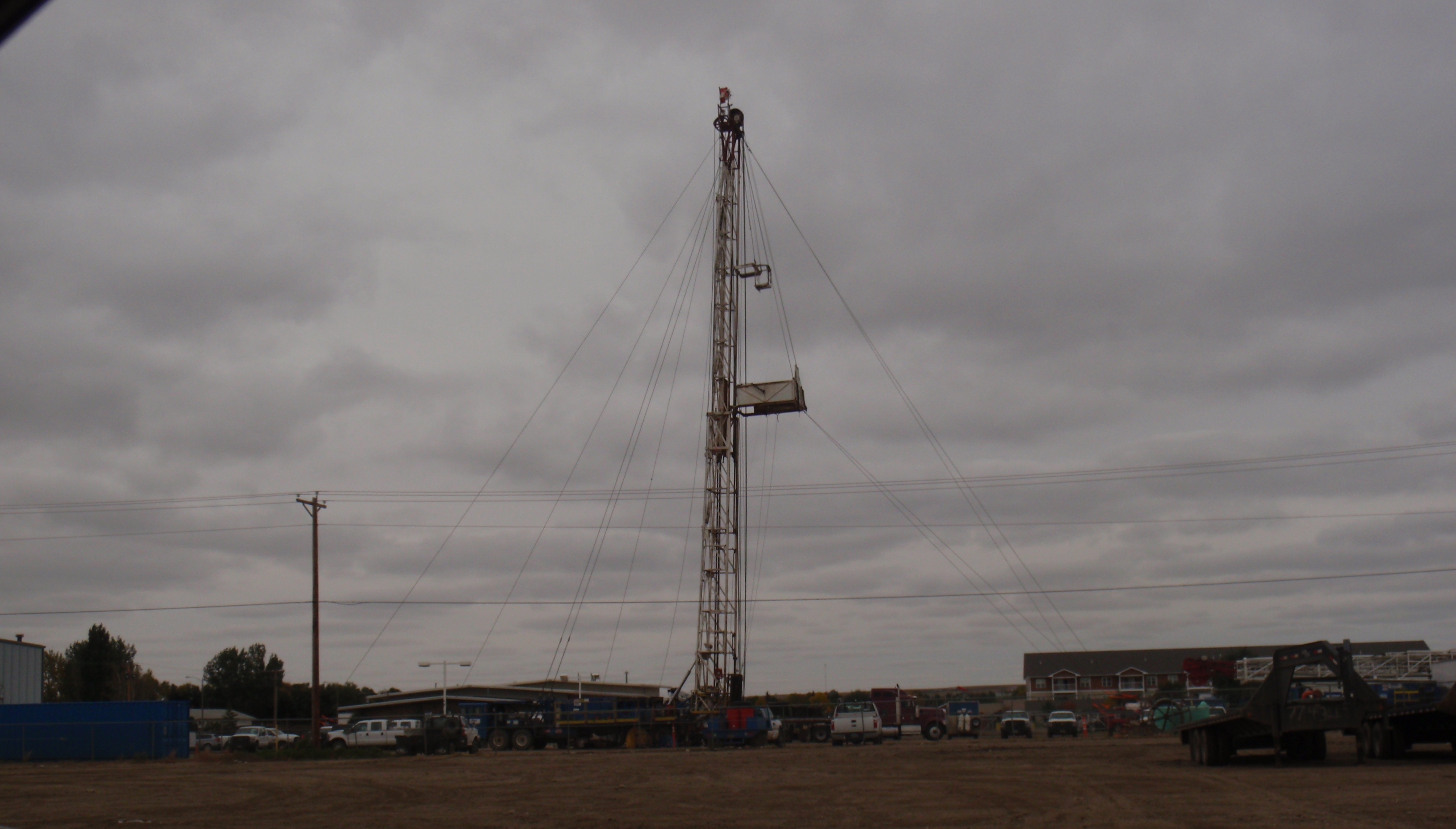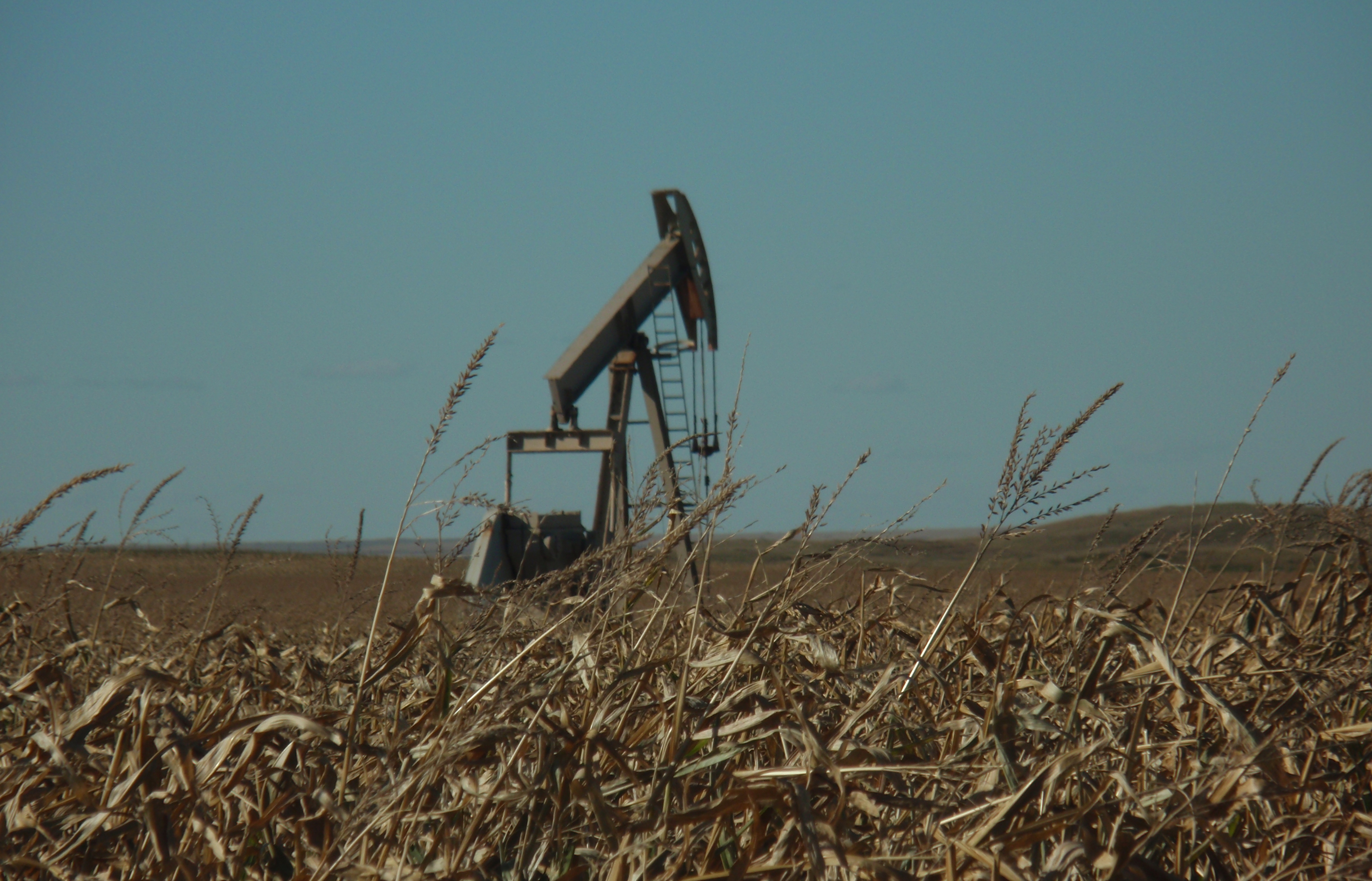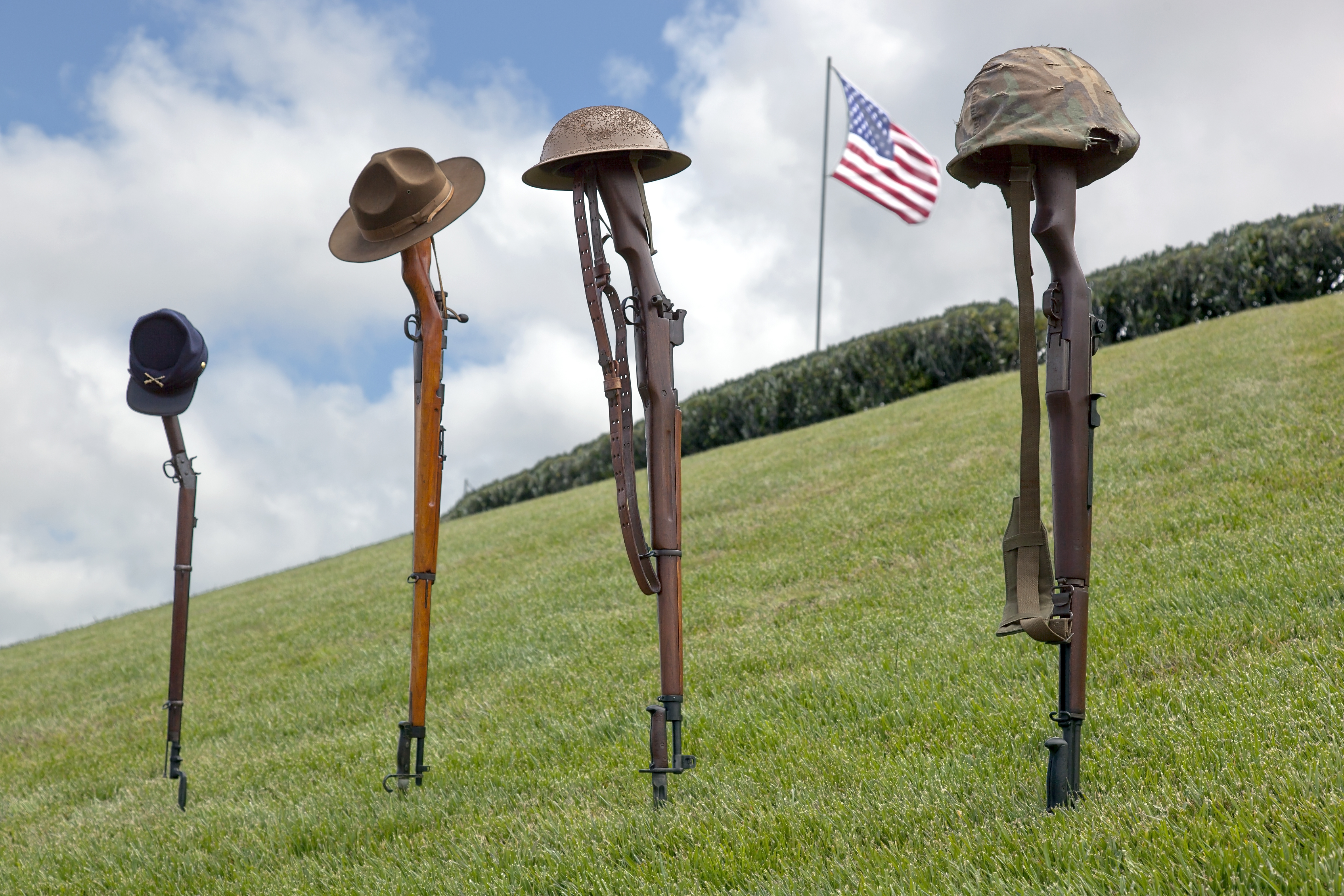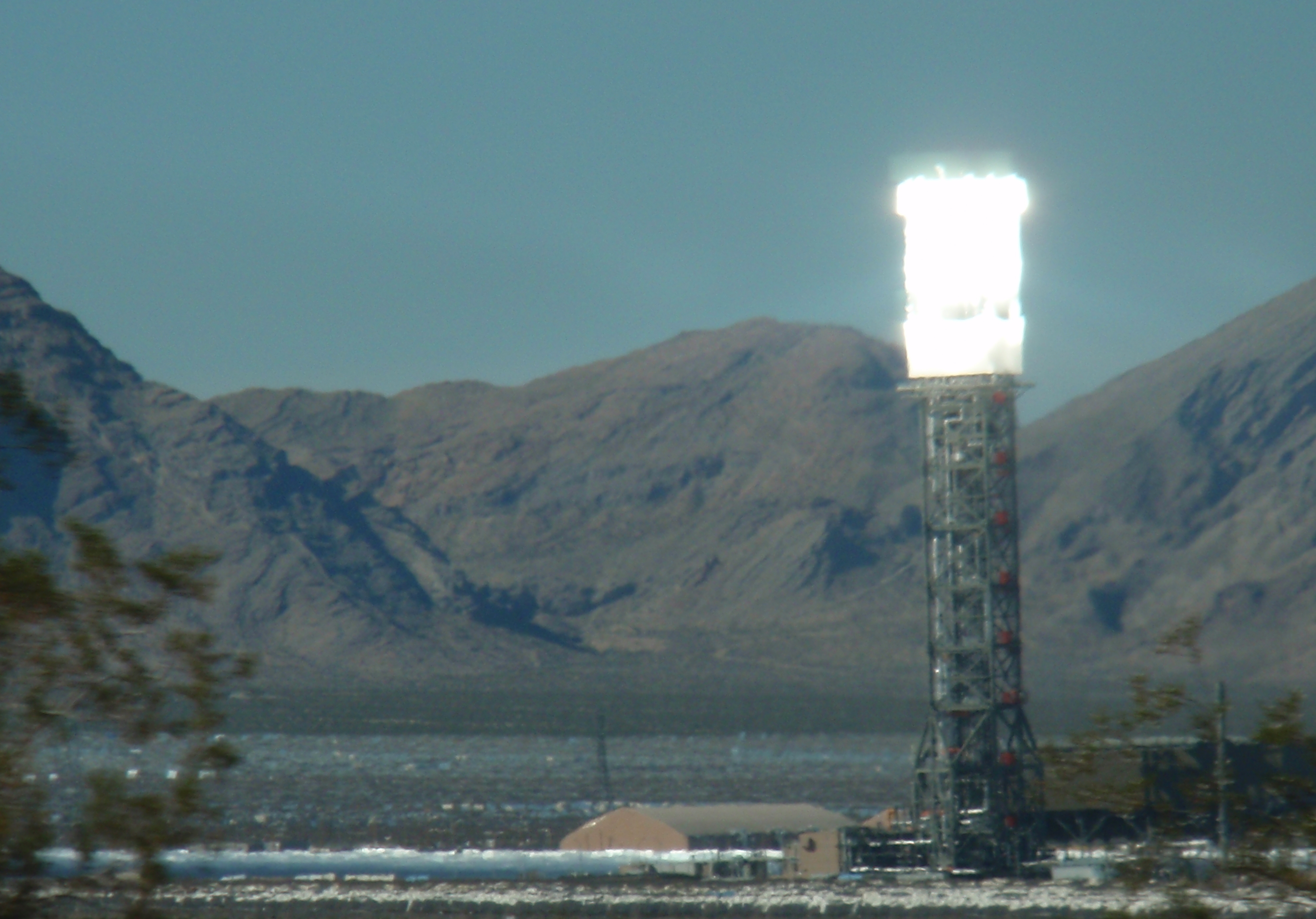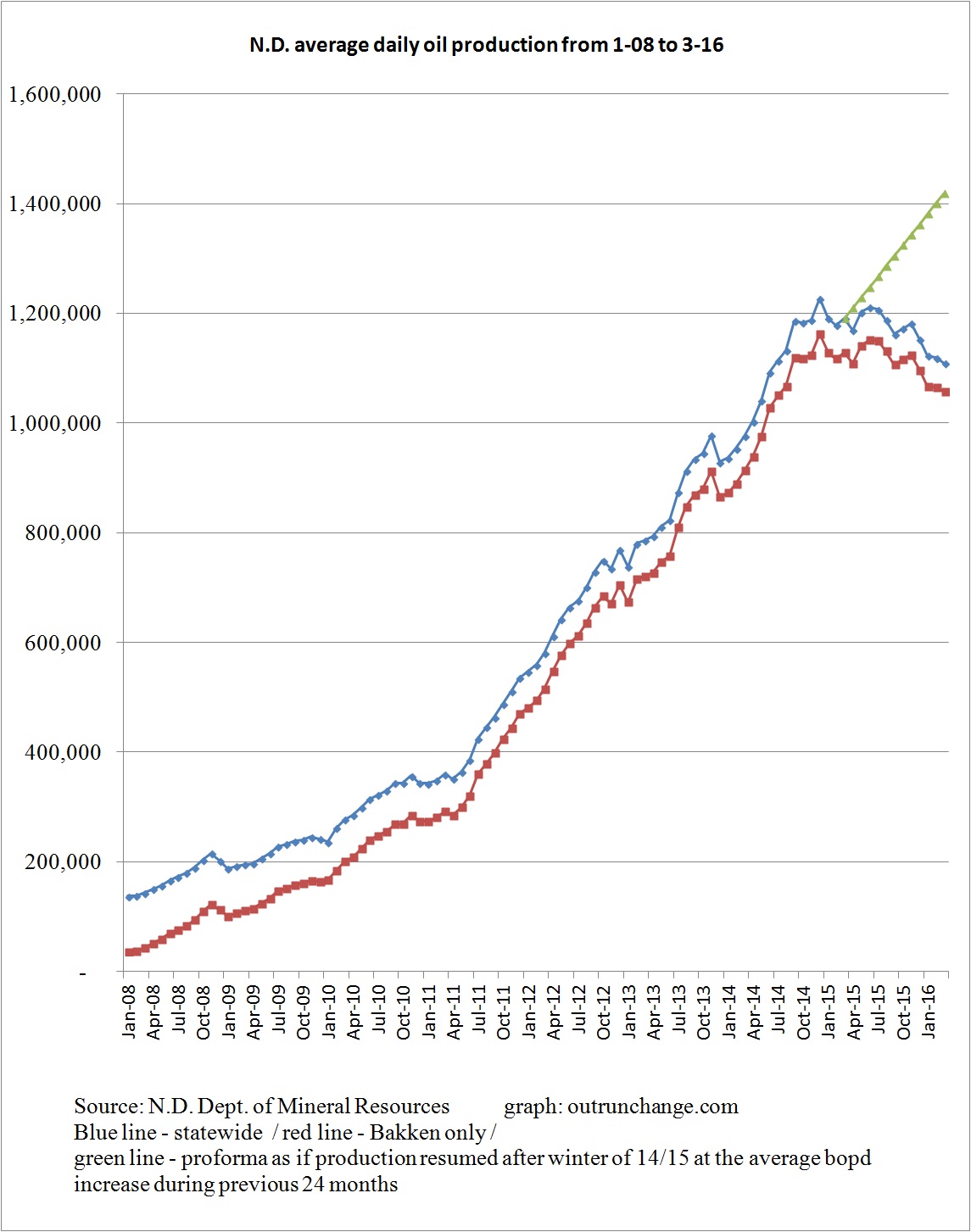
I suggest you are in fact richer today than John Rockefeller was 100 years ago. If it were possible for Prof. Don Boudreaux to switch places with John Rockefeller’s life and even if he could have a billion dollars after he arrived back in 1916, he would not make the switch. He would rather live as a comfortable professor today than be a billionaire 100 years ago.
I agree.
Here are three posts to explain this strange idea: first, what life was like 100 years ago, why Prof Boudreaux would not make the switch, and then why Coyote Blog wouldn’t either.
(Cross-post from Attestation Update. This post supports my conversation on ancient finances at that blog and also fits the discussion of how much life has improved over the last 200 years here.)
An article in The Atlantic on 2/11/16 describes America in 1915: Long Hours, Crowded Houses, Death by Trolley. The article is drawn from a report by the Bureau of Labor Statistics: The life of American workers in 1915. If you enjoy this brief discussion, I heartily recommend you read the full BLS report. It is a fun read, but then, I am an accountant.
I will update a few of the stats in the Atlantic article where the author took a shortcut. When I browsed through the BLS report, I noticed some sentences which were repeated nearly verbatim in the article, which is okay since the report is a public document.
A few highlights:
Workers in factories averaged 55 hours a week. The fatality rate across the economy was 61 deaths per 100,000 compared to about 3.3 per 100,000 today.

